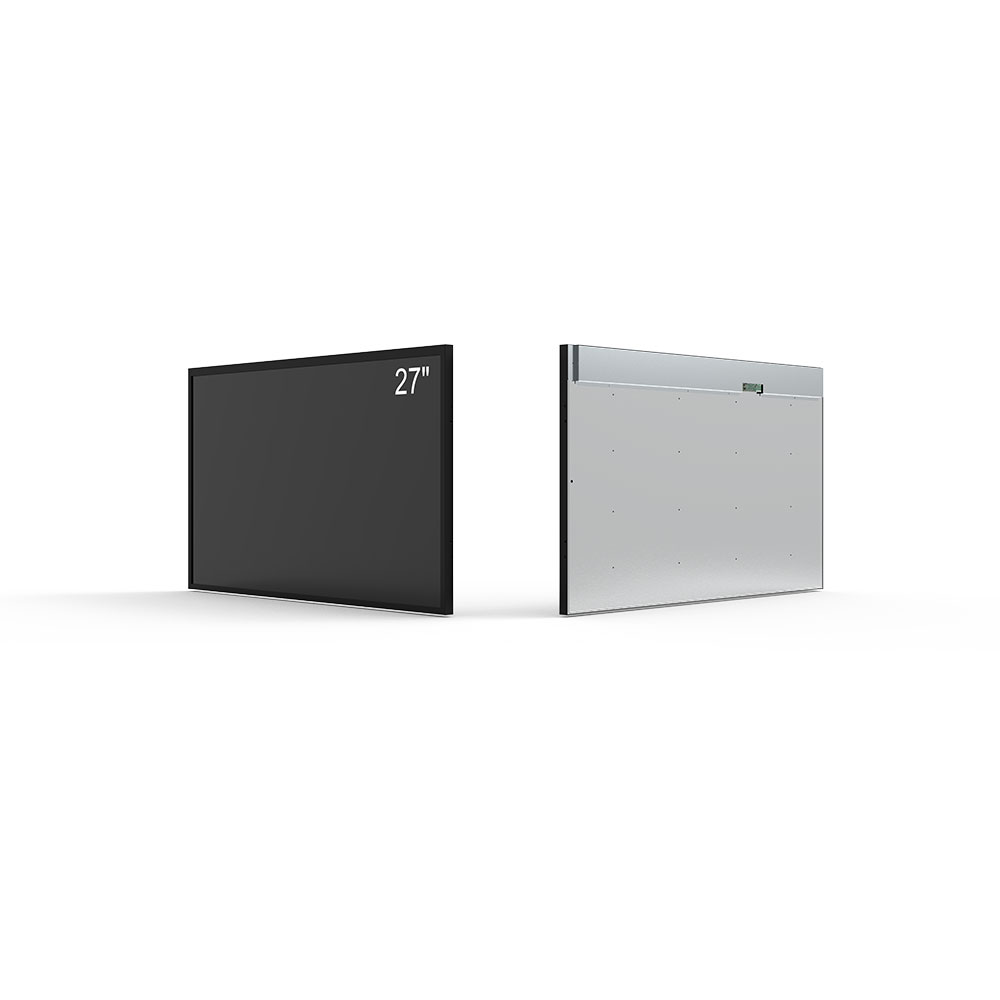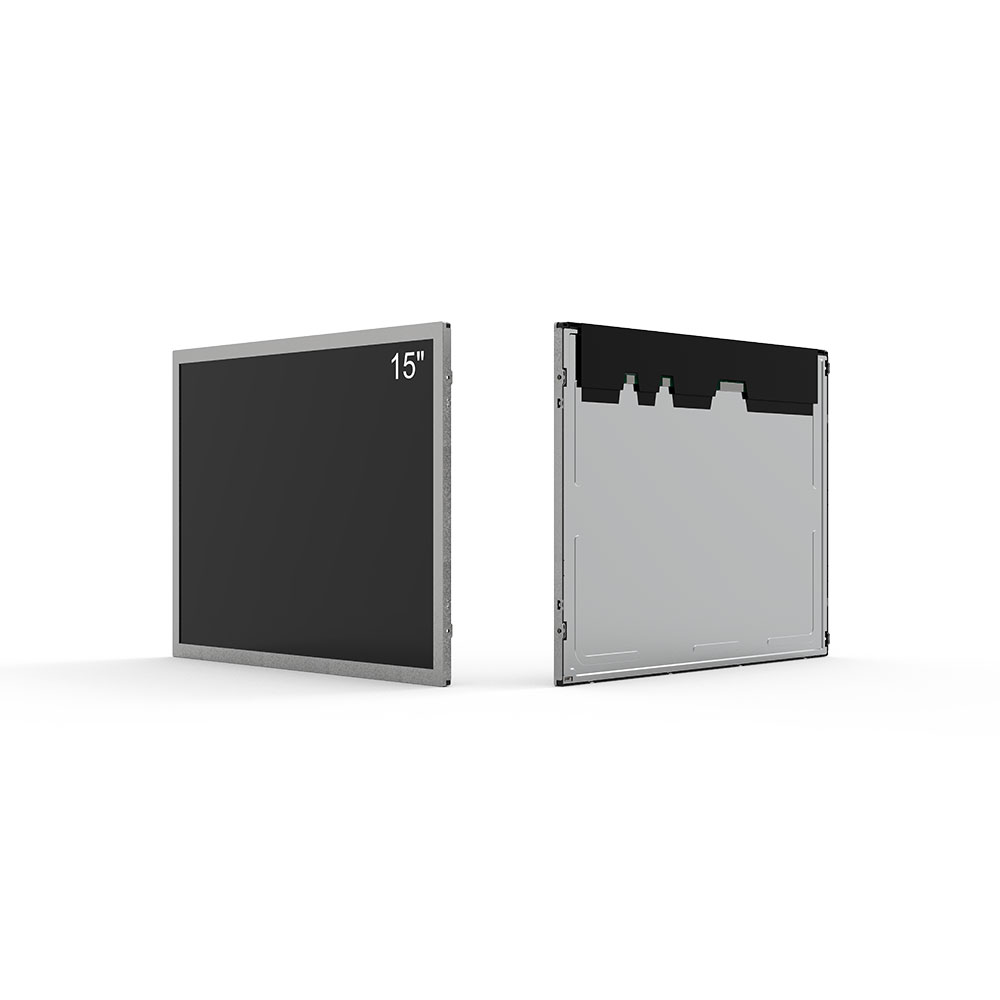
Privacy statement: Your privacy is very important to Us. Our company promises not to disclose your personal information to any external company without your explicit permission.
Outdoor LCD displays are essential in modern digital signage, advertising, and public information systems. However, their performance is heavily influenced by environmental conditions such as sunlight, weather, and ambient light levels. One of the most critical factors affecting visibility and functionality is brightness. To ensure optimal readability under direct sunlight or harsh lighting conditions, outdoor LCDs must be engineered with high-brightness capabilities—typically ranging from 3,000 to 5,000 nits or more. Standard indoor displays usually operate at around 250–500 nits, making them ineffective outside without significant enhancement.
High-brightness panels use specialized LED backlighting and advanced optical films to maximize luminance while minimizing power consumption. Manufacturers often incorporate adaptive brightness control technologies that automatically adjust screen intensity based on real-time ambient light sensors. This not only improves energy efficiency but also extends the lifespan of display components. Additionally, anti-glare coatings, polarization filters, and wide viewing angles help maintain clarity from multiple perspectives, which is crucial for pedestrian traffic or vehicle-based audiences.

Environmental durability is another key consideration. Outdoor LCDs must meet IP65 or higher ratings for dust and water resistance, ensuring they remain operational in rain, snow, or extreme heat. Thermal management systems, including passive cooling and fan-assisted ventilation, prevent overheating in hot climates. These features collectively ensure that outdoor displays remain functional year-round, regardless of location or season.
For industries like transportation, retail, and event management, reliable outdoor LCD performance directly impacts customer engagement and safety. For example, bus stop information boards must remain readable in full sun during summer and in low-light conditions during winter. Similarly, retail digital signage must capture attention in daylight and remain legible under streetlights at night.
Choosing the right outdoor LCD involves evaluating not just brightness but also contrast ratio, response time, and long-term reliability. Investing in professional-grade outdoor displays with certified brightness levels ensures consistent performance across diverse environments, delivering maximum return on investment for businesses and municipalities alike.

Email to this supplier

Privacy statement: Your privacy is very important to Us. Our company promises not to disclose your personal information to any external company without your explicit permission.